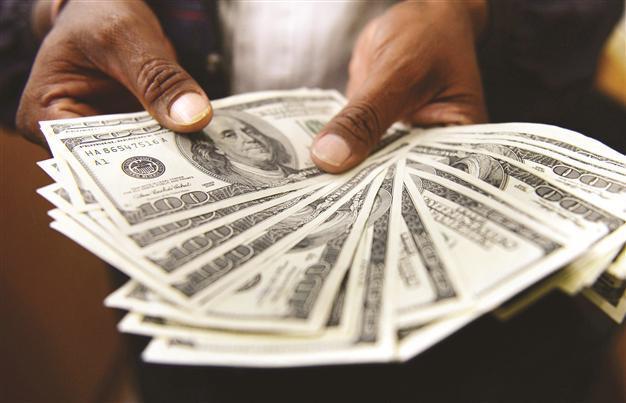After selloff, some dip toes back in emerging markets
NEW YORK - Reuters

Investors have begun to selectively increase their exposure to emerging markets after outflow caused by the Fed. AFP photo
The threat of less central bank stimulus and higher interest rates has crushed emerging markets more than most assets in the past two months, in some cases slashing the value of stocks and bonds in developing countries to levels not seen since the last financial crisis.
The slump after U.S. Federal Reserve Chairman Ben Bernanke signaled that the Fed expects to end its bond-buying program in the next year if the economy improves has pushed prices to levels that would have looked very appealing only a few weeks ago. And some emerging market investors are buying, even with the understanding that there is a big risk markets have further to drop.
There is every reason to be cautious: Many fund managers expect lower growth in emerging markets. Some markets have suffered recently from steep capital outflows, and the slowdown in China has affected other emerging economies, particularly commodity producers. Still, emerging markets are expected to continue to grow faster than developed countries.
Emerging markets have typically traded at a 20 percent discount to the S&P 500 since 2005.
“Many investors are comfortable with the currency volatility attached to these local bonds, and the expectation is that in the medium term, emerging market currencies will appreciate,” said Alexander Kozhemiakin, managing director and emerging markets debt team leader at Standish.
Near-term risks in emerging market currencies have declined, since many of the aggressive bets in favor of these assets have been reduced.
There is still a risk of further outflows from the local currency debt sector, fund managers say. Morgan Stanley data shows emerging market institutional investors are still overweight on local debt relative to their benchmark, suggesting more room to pare positions should markets remain scary.
